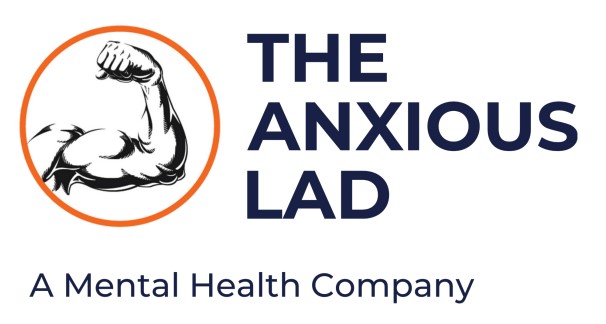Why Mental Health & Suicide Training Workshops Outshine Wellness Talks
In today's fast-paced and demanding work environments, mental health has become a critical concern for both employees and employers. As the stigma surrounding mental health continues, companies are increasingly recognising the importance of providing support and resources to address these issues. While wellness talks have traditionally been a popular choice for promoting employee well-being, mental health and suicide training workshops offer a more comprehensive and effective approach. In this article, I explore why mental health and suicide workshops are superior to wellness talks for companies and their staff.
1. In-depth Understanding and Awareness:
Mental health and suicide workshops provide participants with a deeper understanding of mental health issues, including the warning signs of distress and how to respond effectively. Unlike wellness talks, which usually only scratch the surface of mental health topics, workshops delve into the complexities of conditions like depression, anxiety, and suicidal ideation. This increased awareness equips employees with the knowledge and confidence to recognise and support colleagues who may be struggling.
2. Practical Skills and Strategies:
One of the key advantages of mental health and suicide workshops is their focus on practical skills and strategies for intervention and support. Participants learn how to engage in empathetic conversations, de-escalate crisis situations, and connect individuals with appropriate resources. These hands-on skills are invaluable for both employees and managers, enabling them to offer meaningful assistance to those in need and potentially save lives.
3. Reducing Stigma and Fostering Supportive Cultures:
Wellness talks may touch on mental health issues in a general sense, but they often fail to address the stigma that still surrounds these topics. Mental health and suicide workshops actively work to reduce stigma by promoting open dialogue, empathy and understanding. By creating a safe space for discussions about mental health, workshops help to foster supportive cultures where employees feel comfortable seeking help without fear of judgement or discrimination.
4. Mitigating Risks and Liabilities:
From a corporate perspective, mental health and suicide workshops offer significant risk mitigation benefits. By educating employees and managers on how to recognise and respond to mental health concerns, companies can reduce the risk of workplace incidents such as absenteeism, presenteeism, and even potential lawsuits related to negligence or inadequate support. Investing in training demonstrates a commitment to employee well-being and can help safeguard the company's reputation and bottom line.
5. Long-term Impact on Wellness and Productivity:
While wellness talks may provide temporary inspiration or motivation, mental health and suicide workshops offer long-lasting benefits that extend beyond the initial session. By equipping employees with the knowledge and skills to support their own mental health and that of their colleagues, workshops contribute to a more resilient and productive workforce. Employees who feel supported and valued are more likely to be engaged, motivated, and loyal to their organisation, leading to improved overall performance and bottom-line results.
In conclusion, mental health and suicide workshops stand out as a superior choice for companies seeking to prioritise employee well-being and enhance their bottom line. at The Anxiouslad, our workshops offer a comprehensive approach that goes beyond surface-level discussions to provide in-depth understanding, practical skills, and a supportive culture. By investing in mental health training, companies not only demonstrate their commitment to the well-being of their employees but also position themselves for long-term success in an increasingly competitive business landscape.

